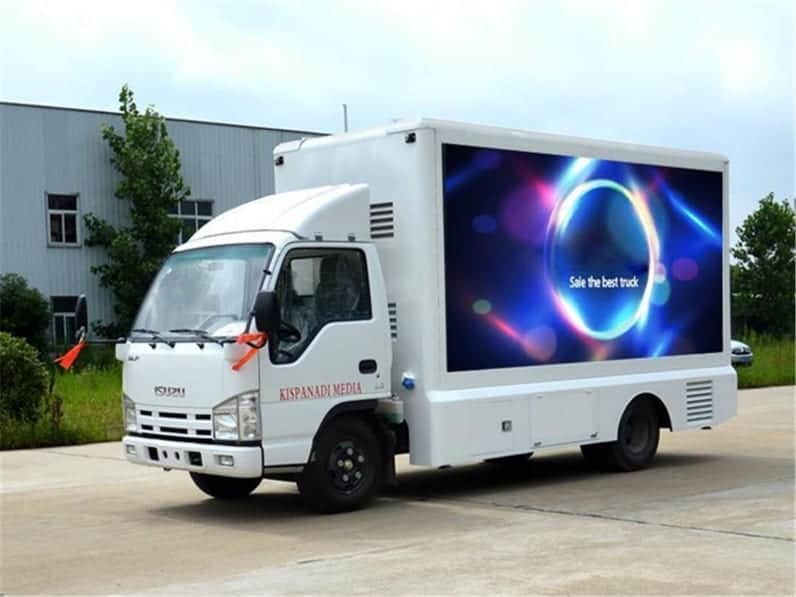Golf courses provide a unique and effective opportunity to advertise your business. With their high-end clientele and picturesque settings, golf courses can be a great way to reach potential customers and boost your brand’s visibility. In this blog, we’ll explore some creative golf course advertising ideas to help you make the most of this marketing opportunity. Why Golf Course Advertising Matters: Understanding the Benefits Golf course advertising can provide a range of benefits for your business. For one, it allows you to reach a highly targeted audience of affluent consumers who are often receptive to luxury products and services. Additionally, golf courses often have high foot traffic and offer unique opportunities for exposure, such as signage and sponsorships. Understanding the Benefits of Advertising on Golf Courses Advertising on golf courses can offer several benefits, such as building brand awareness, increasing exposure and visibility, and generating leads and sales. Ad...

.jpg)
Comments
Post a Comment